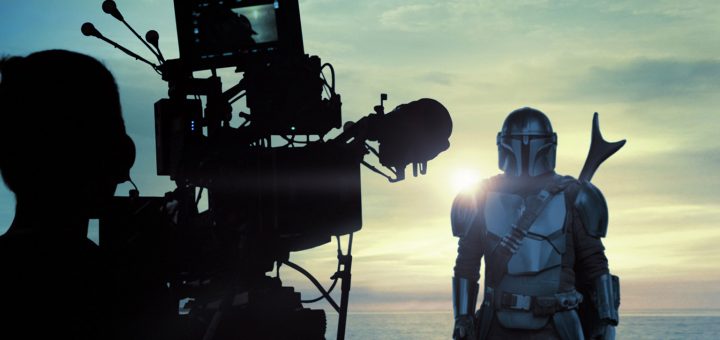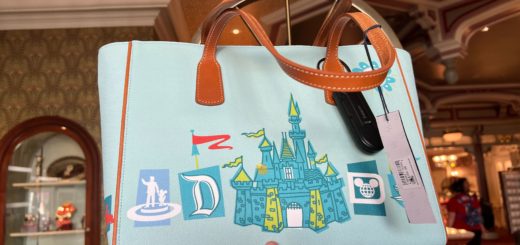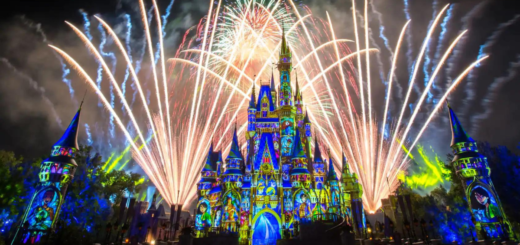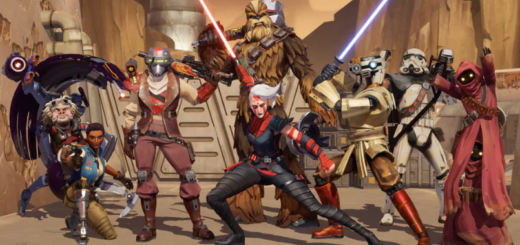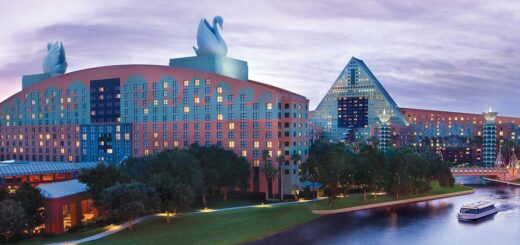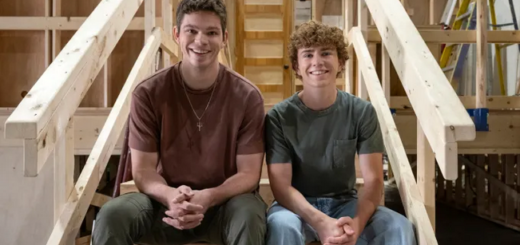The Mandalorian: ILM Pushes The Digital Envelope
How did they do that? ILM lets fans in on the secrets of The Mandalorian….
“In our company, you do or don’t,” said The Mandalorian co-showrunner Dave Filoni. “There is no try.”
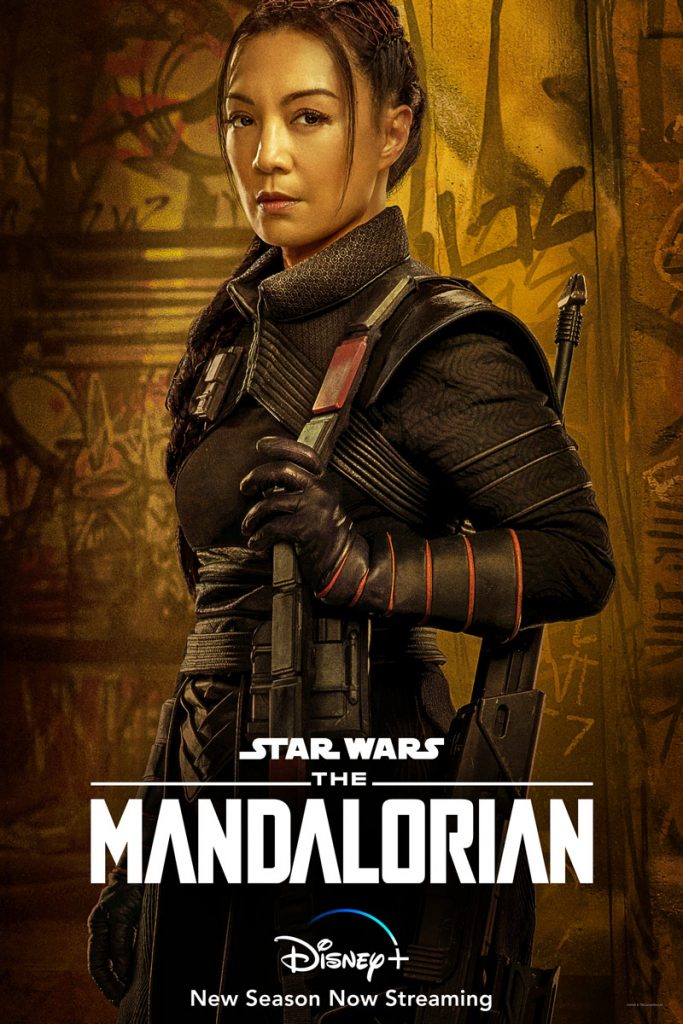

Filoni wasn’t trying to be ironic. He was trying to describe the creative pressures that come to bear on a Star Wars project.
And, as a result, Industrial Light & Magic consistently finds itself on the cutting edge of storytelling tech.
ILM VFX Tells The Storymaking Story
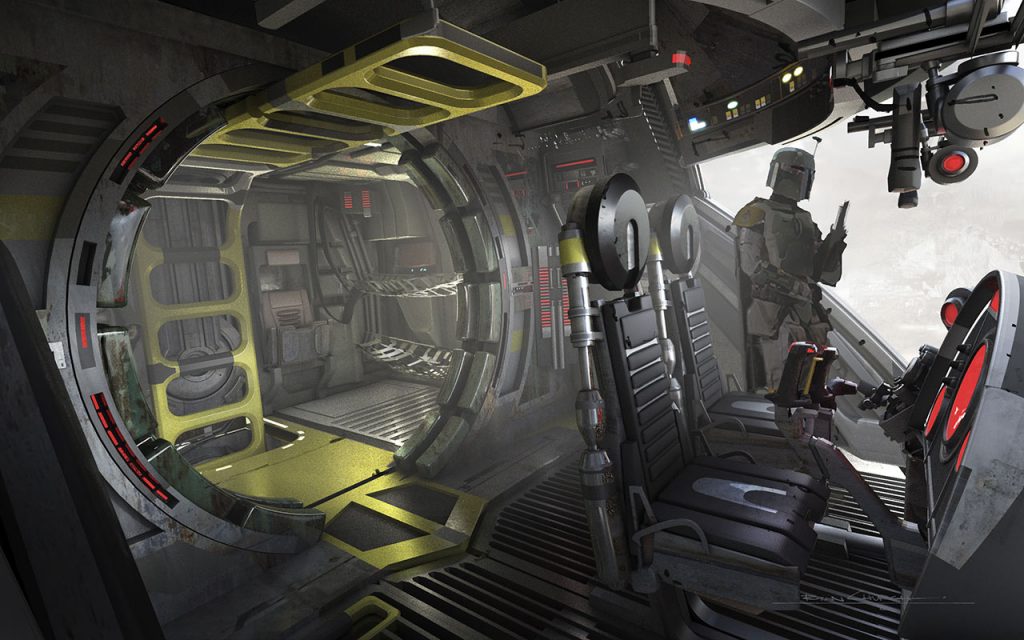

In a new video, The Mandalorian co-showrunner Jon Favreau and an expanding list of creatives talk about the amazing systems at work as Lucasfilm uses groundbreaking technology to bring a galaxy far, far away home to fans around the world.
“The tech is amazing,” said Season 1 episode director Deborah Chow (Star Wars: Obi-Wan Kenobi). “It allows you to do things that, even on location, you couldn’t control to that degree.”
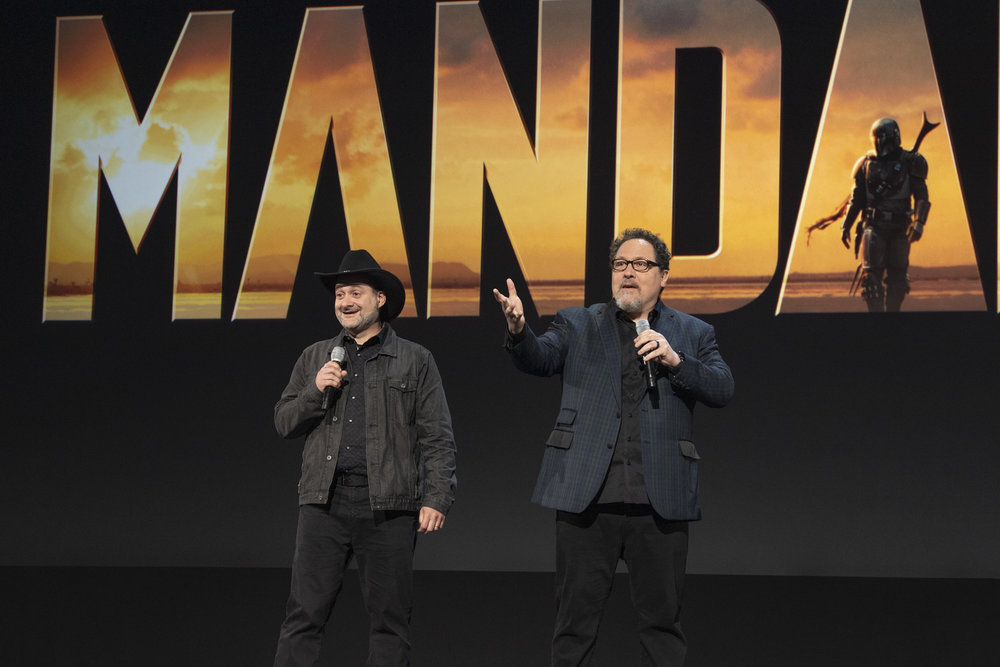

Filoni and Favreau. (The Walt Disney Company/Image Group LA)
“I was immediately struck by the quality of light,” added Peyton Reed (Ant-Man), another of The Mandalorian’s talented directors. “As opposed to a stage with blue screens or green screens, you’re immediately in that environment.”
The Virtual Production of The Mandalorian, Season Two
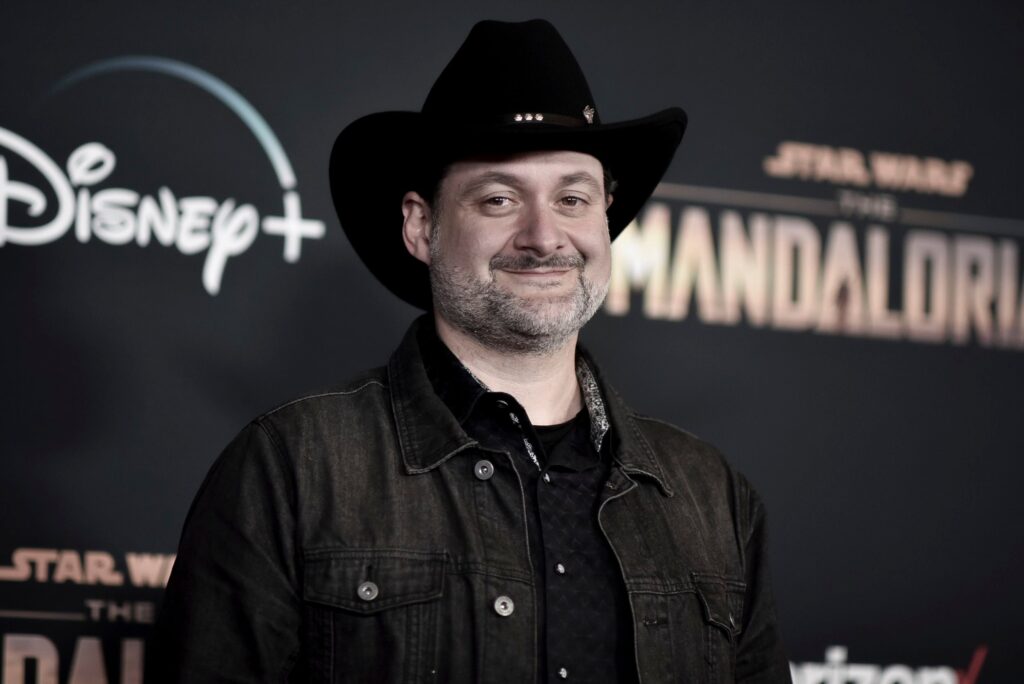

Dave Filoni. Photo by Richard Shotwell/Invision/AP/Shutterstock (10474497k)
A behind-the-scenes look at the groundbreaking virtual production technology used on The Mandalorian, season two.
For the second season of Lucasfilm’s hit Disney+ series, The Mandalorian, Industrial Light & Magic reengineered their StageCraft virtual production platform rolling out version 2.0, in which ILM introduced, among other things, Helios, Industrial Light & Magic’s first cinematic render engine designed for real-time visual effects. Engineered from the ground up with film and television production in mind, Helios offers incredible performance, high fidelity real-time ray tracing, the ability to rip through scenes of unparalleled complexity, all while leveraging ILM’s unrivaled color science, and was designed from the start to work seamlessly with ILM StageCraft.
The purpose-built, production-hardened platform allows filmmakers to explore new ideas, communicate concepts, and execute shots in a collaborative and flexible production environment.
Meanwhile, this whole post was suggested by this cool article, which pointed out that Oculus Quest 2 was used in The Mandalorian production.
Jamie Feltham of UploadVR.com posted:


Deborah Chow. Image: Lucasfilm.
You can see Quest 2 in action just after the three-minute mark in the video [above]. In the video, the series’ directors and technical experts gather to talk about the virtual production of the show using its Stagecraft technology which includes its state-of-the-art virtual stage with an LED wall. This allows the crew to edit and visualize scenery on the day of shooting instead of implementing effects via green screen.
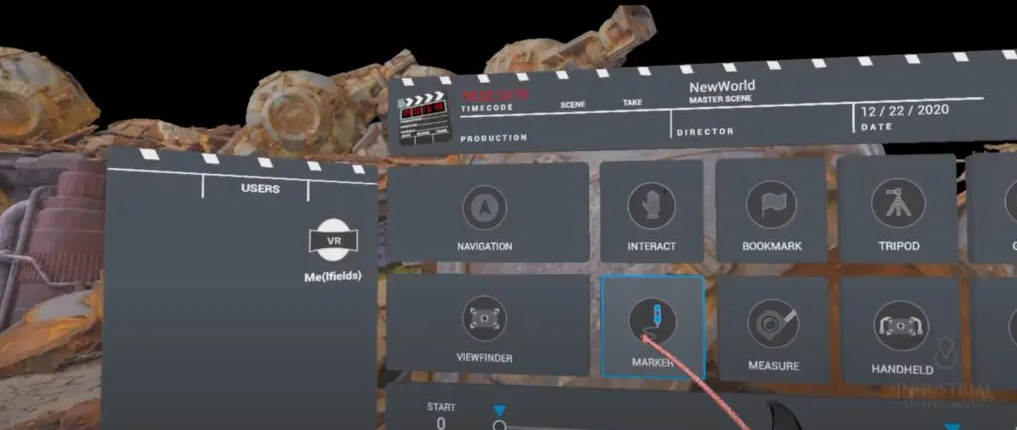

Image: UploadVR.com
Seriously, how cool is that? By the way, one of the tools used is something you can purchase and use in your house!
Finally, in case you can’t tell, we are really missing The Mandalorian. How about you? Let us know in the comments below.


